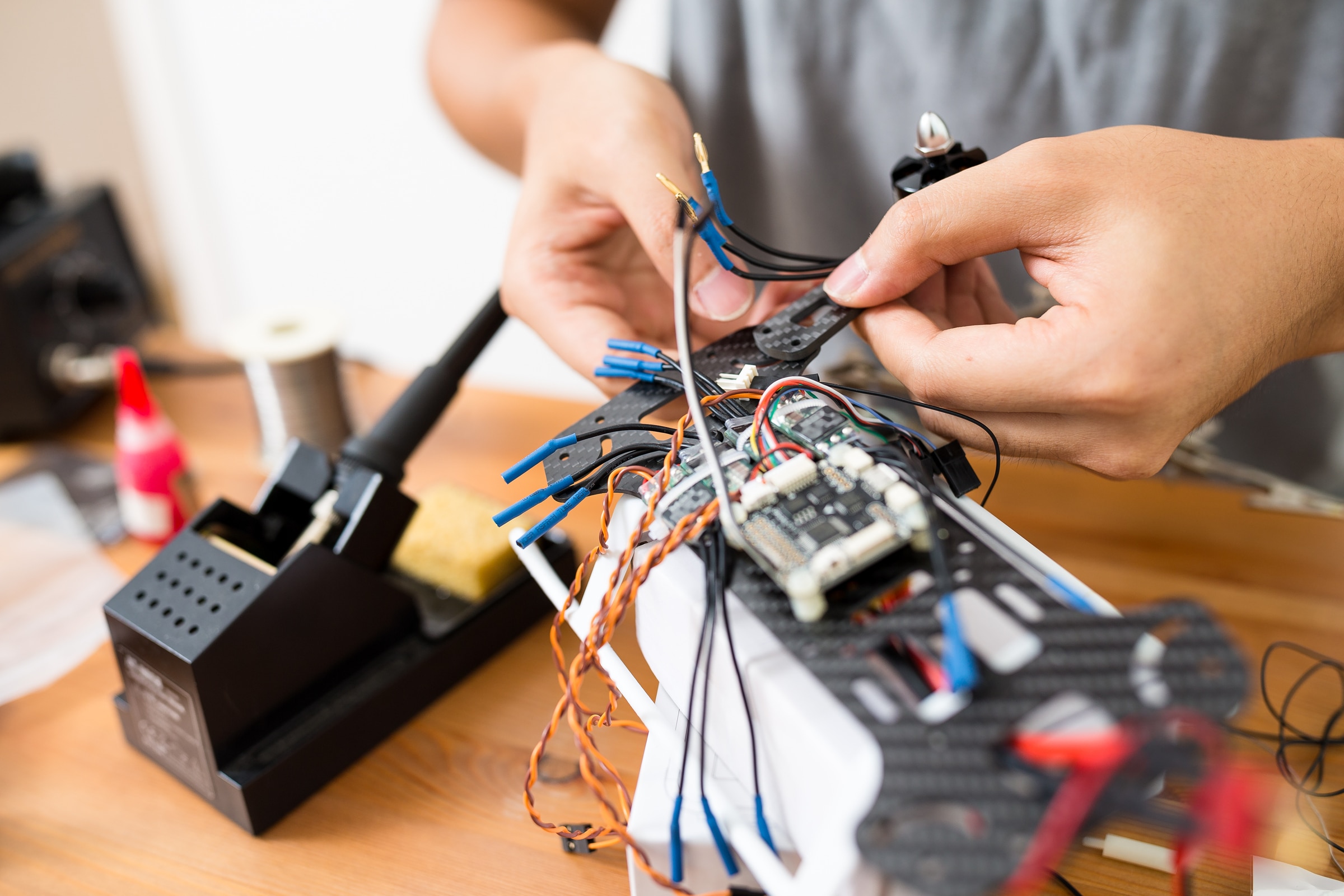How Can UK Independent Videographers Utilize Drones to Enhance Film Production Quality?

The advent of drones in film production has proven to be a game-changer in the industry. These devices have transformed the way filmmakers visualize and execute their creative ideas. This article aims to educate independent videographers in the UK on how to utilize drones to enhance their film production quality.
Understanding Drones in Film Production
Before introducing drones to your film production process, it’s crucial that you understand the basics of drones, their capabilities, and how they can be deployed in film production. A drone, also known as an unmanned aerial vehicle (UAV), is an aircraft without a human pilot aboard. In film production, drones are primarily used for aerial photography and videography, providing a unique perspective that was otherwise difficult and expensive to achieve.
A voir aussi : How to Effectively Use Data Analytics in the UK Professional Sports Industry for Player Development?
Drones have been lauded for their ability to capture high-resolution images and videos, even in challenging environments. They are versatile and can be manoeuvred into tight spaces, offering a level of flexibility that traditional filming equipment cannot. However, it’s important to remember that the use of drones in the UK is regulated by the Civil Aviation Authority and independent videographers must obtain a permit before using a drone for commercial purposes.
Selecting the Right Drone and Accessories
Once you understand the basics of drones and their potential applications in film production, the next step is to choose the right drone and accessories. The market is flooded with a wide variety of drones, each offering different capabilities and features.
A découvrir également : What Are the Innovative Techniques for UK Restaurants to Reduce Single-Use Plastic Waste?
When selecting a drone, consider factors such as flight time, camera quality, and ease of use. A drone with a long flight time and high-quality camera is essential for capturing stunning aerial footage. Ease of use is equally important as it will allow you to focus on capturing great shots instead of struggling with controls.
In terms of accessories, consider investing in spare batteries, a quality drone case for transportation, and filters for your drone’s camera. Spare batteries will extend your drone’s flight time, enabling you to capture more footage. A sturdy drone case is essential to protect your drone during transportation, while filters can enhance the quality of your footage by managing light and reducing glare.
Incorporating Drone Footage into Your Film
There’s no doubt that drone footage can add a unique dimension to your film. However, it’s important to use this tool strategically and creatively to truly enhance your film production quality.
When planning your film, think of ways in which drone footage can be incorporated to elevate the story. Perhaps it can be used to establish a location, create tension, or reveal a plot point. The key is to use drone footage as a storytelling tool and not just for the sake of including aerial shots.
Furthermore, when shooting with a drone, consider various elements such as framing, composition, and lighting. Like traditional videography, these elements play a significant role in the quality of your drone footage. Experiment with different shooting techniques, angles, and movements to create unique and compelling shots.
Enhancing Your Post-Production with Drone Footage
The use of drones in film production is not limited to shooting. They can also play a crucial role in post-production, providing footage that can be used for colour grading, visual effects, and more.
In post-production, drone footage can be manipulated to create a variety of visual effects. For instance, speed ramping (a technique where the speed of the footage is altered) can create dramatic effects, while colour grading can enhance the mood and tone of the scene.
Remember, post-production is where you can truly make your drone footage shine. Therefore, investing in good editing software and honing your editing skills is vital.
Navigating the Legal Aspects of Drone Usage
Lastly, it’s imperative to understand and comply with the laws and regulations surrounding drone usage in the UK. The Civil Aviation Authority regulates drone usage, and independent videographers need to obtain a permit before using a drone for commercial purposes.
In addition to obtaining a permit, you must also be aware of and adhere to the drone code which includes rules such as keeping your drone in sight at all times, keeping a certain distance from people and properties, and not flying near airports or airfields. Violating these rules can result in penalties, so it’s essential to be well-informed and responsible while operating a drone.
In conclusion, drones can significantly enhance the quality of film production, offering unique perspectives and high-quality footage. By understanding drones, selecting the right equipment, strategically incorporating drone footage into your film, enhancing your post-production with drone footage, and navigating the legal aspects of drone usage, independent videographers in the UK can leverage this tool to elevate their work to new heights.
Reinventing Video Production with Drone Technology
Drone technology has redefined the art of videography, offering a unique way to capture high-quality footage and elevate perspectives in storytelling. This section will delve into the various ways drone videography can be exploited to enhance video production.
For real estate and promotional videos, drone videography has proven to be a powerful tool in showcasing properties and landscapes from a bird’s eye view. Meanwhile, travel vlogs and adventure films can benefit remarkably from stunning aerial footage, offering viewers an immersive experience that ground-level shots cannot provide.
In addition, drones equipped with tele cameras can create dynamic tracking shots that mimic the effects of a crane or jib shot. This gives independent videographers the ability to produce professional-grade footage without the need for expensive equipment or large crew.
Moreover, drone technology can be utilized to enhance live events coverage by providing different angles and perspectives. Drones like the DJI Mavic and Mavic Pro have been widely used in social media live streams, concerts, sports events, and even news reporting.
Lastly, drone photography and videography can be integrated into various forms of media content, such as documentaries, short films, music videos, and social media posts. This allows independent videographers to diversify their content and reach a wider audience.
Conclusion: Embracing the Future of Film Production
In summary, the use of drones in video production has opened up a plethora of opportunities for independent videographers in the UK. By embracing drone technology, independent videographers can elevate their work, create high-quality output, and stay competitive in the modern media landscape.
Moreover, it is essential to remember that the power of drones extends beyond their functionality. They are not just tools for aerial photography or videography; they are instruments that can help filmmakers tell stories in a compelling and innovative way.
However, as with any technology, the use of drones comes with its own set of challenges and responsibilities. It is essential for independent videographers to understand the rules and regulations surrounding drone usage, invest in liability insurance, and practice safe drone operations.
Nevertheless, with careful planning, strategic use of drone footage, and a solid understanding of post-production techniques, drone technology can indeed revolutionize the quality of video production. As the industry continues to evolve, independent videographers equipped with a drone, a vision, and the passion to create can undoubtedly redefine the future of film production.
